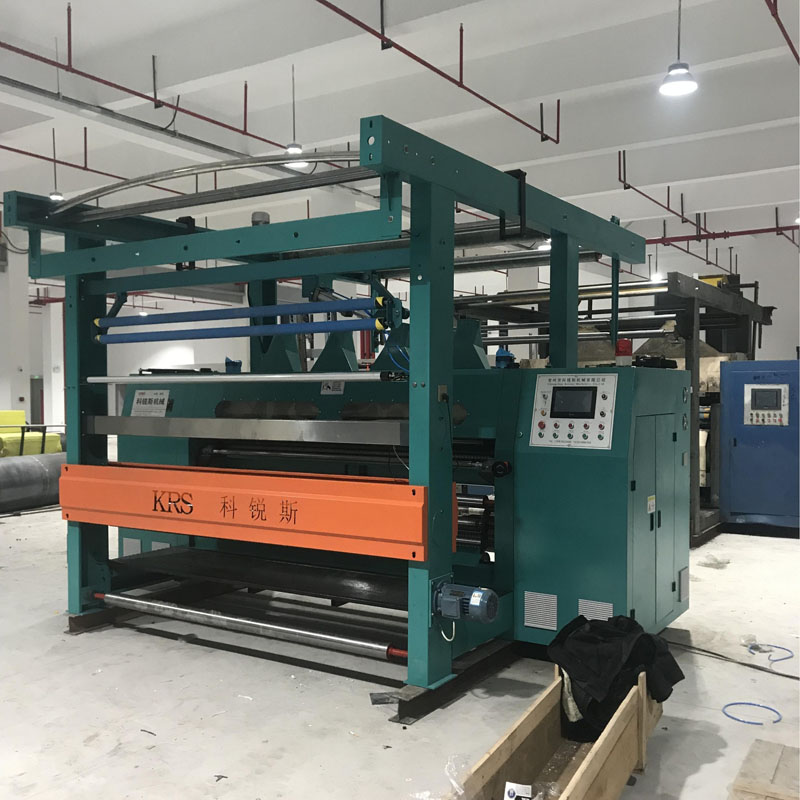Safe use of shears: classification and operating precautions"
2025-10-17
Classification of shearing machines
1. Classification by the shape of the scissors Shearing machines are divided into straight blade shearing machines and disc blade shearing machines according to the shape of the scissors. Straight blade shearing machines are divided into gantry shearing machines and throat shearing machines according to their structure. Disc blade shearing machines are divided into disc shearing machines, rolling shearing machines, multi-disc shearing machines and rotary trimming shearing machines according to their structure.
2. Classification by the movement trajectory of the tool holder Shearing machines are divided into the following types according to the movement trajectory of the tool holder:
(1) The tool holder moves along the vertical line. Since there is no forward tilt angle, the cross section of the upper blade must be processed into a diamond shape, so there are only two edges (rectangular blades with four edges can also be used, but the shearing quality is poor). The shearing fracture of this tool holder is not at right angles to the plate surface.
(2) The tool holder moves along the forward tilt line (the angle with the vertical line is 1°30′~2°). The cross section of the upper blade can be processed into a rectangle with four edges. The shearing fracture is basically at right angles to the plate surface.
(3) The blade holder swings along the arc line. The cross section of the shear blade should be processed into a diamond shape, so there are only two blades. Since the upper blade tilts slightly forward during the shearing process, the shearing quality is similar to that of the blade holder moving along the forward tilt line.
(4) The blade holder swings along the arc line, and the forward tilt angle can reach 300, so it can cut out welding grooves.
3. Classification by transmission method Shearing machines are divided into mechanical transmission shearing machines and hydraulic transmission shearing machines according to the transmission method.

Brief introduction to the specific use of shearing machines:
1. Shearing machines must be operated by professional personnel after training.
2. Shearing machines must not shear hardened steel and hard steel, high-speed steel, alloy steel, castings and non-metallic materials.
3. The blade edge should be kept sharp. If the blade edge is blunt or damaged, it should be sharpened or replaced in time.
4. Do not overlap and shear different metal materials.
5. Do not put your hands under the pressure plate when shearing. When cutting shorter materials, use a separate iron plate to hold them down. Keep your fingers at least 200 mm away from the blade when cutting.
6. After aligning the pry bar, immediately withdraw the pry bar before cutting. If the iron plate moves, secure it with a wooden sleeper to prevent the pry bar from jumping out and injuring anyone after the presser foot is lowered.
7. After stacking the cut materials flat, ensure they are placed steadily. Clean up any scraps and waste promptly to keep the site clean.
Precautions for shearing machine
| Sr. No. | Guidelines for Proper Operation of the Numerical Control Shearing Machine |
|---|---|
| 1 | The program instructions should be correct; no abnormalities should occur during idle running of the equipment. |
| 2 | The materials being processed should not exceed the equipment's operating capacity. |
| 3 | The numerical control shearing machine should not be overloaded to avoid damage. |
| 4 | The blade edges of the shearing machine should be sharp; if damaged, they should be replaced promptly. |
| 5 | Materials of different specifications and dimensions cannot be processed simultaneously; even if they are the same material, they should not be cut in an overlapping manner. |
| 6 | The scraps and waste produced during shearing should be promptly cleared up to avoid injury. |



